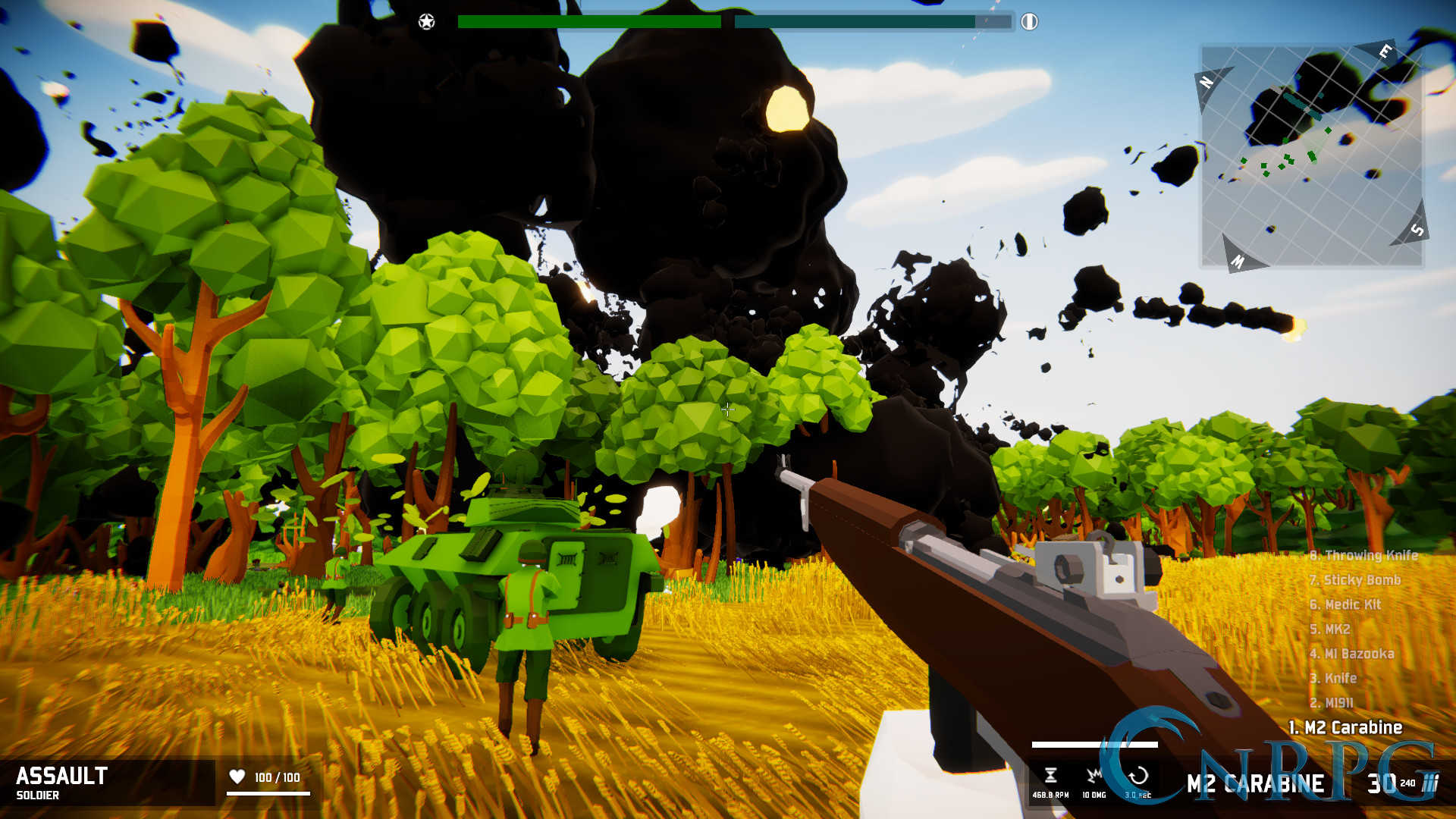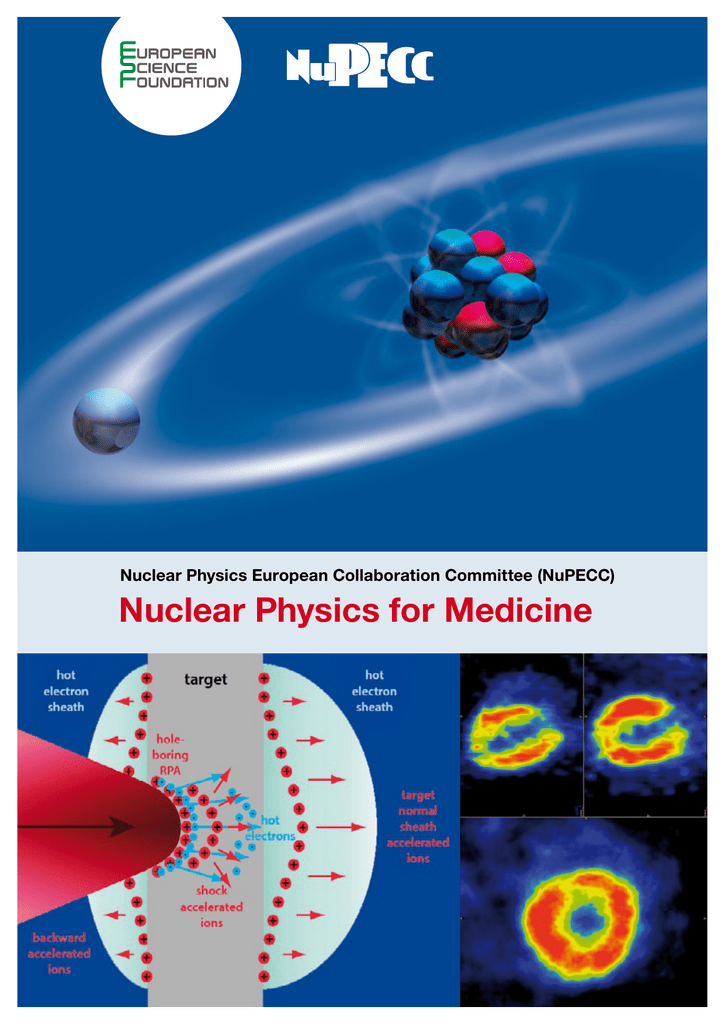

More information on our ethical standards and policies can be found here. Taylor & Francis is a member of Committee of Publication Ethics (COPE) and utilizes Similarity Check via CrossRef for all journals. The Journal adheres to the highest standards of publishing ethics, with rigorous processes in place to ensure this is achieved. The office does not accept unsolicited manuscripts. Instructions for Authors - Please contact the Editorial office if you have a story idea or manuscript you wish to submit. Nuclear Physics News is a top resource for thousands of the leading professionals in the field. News from NuPECC and leading conferences is also reported, and a calendar of important events is provided in every issue. Laboratories and facilities where cutting edge research is being done are profiled, and articles highlight the latest ideas from nuclear physicists. It is not easy to turn Hydrogen into iron.Nuclear Physics News provides information on modern research in nuclear physics. Thus we have a minimum - roughly around iron.įrom this argument, we expect that the entire universe should be made of iron. The only length scale we can calculate from $m_\pi,\hbar,$ and $c$ is $r_0=\hbar/(m_\pi c)$. We can estimate the range of the potential via dimensional analysis. When you exchange a massive particle like a pion, you get a finite range potential. We know that if you exchange massless particles you get a Coulomb potential. It is the exchange of the pions which leads to the force. The standard cartoon one uses for their interaction is that the quarks inside the nucleus produce pions. Actually it is a bit more subtle than that: the nucleons are color neutral, so they do not directly produce gluons. The glue holding together the nuclei is the strong force. The total number of nucleons will be $A=N+Z$. Nuclei are made of two things: protons and neutrons.


There may actually also be a quark-gluon plasma in the center of neutron stars, but it would be in a very different regime from RHIC - it is ``cold" instead of ``hot". You can kind of think of a Neutron star as a really big nucleus. Actually, Neutron stars are pretty old, but there are always more interesting things happening in that field.

The other "modern" application of nuclear physics is Neutron Stars. The experiments found that this soup has a number of interesting properties, including a remarkably small visoscity. The interactions in this soup are sufficiently strong that it equilibrates, and you get a state of matter known as a "quark-gluon plasma." This is supposed to be the state of matter in the early universe. When the nuclei pass through one another, they produce this really hot region of space, in which you start "pair-producing" a soup of quarks and anti-quarks. It takes massive gold nuclei and smushes them against each-other. The first is the Relativistic Heavy Ion Collider in Brookhaven. There are a few modern and exciting things going on right now in the study of nuclei. For our course this is perfect: we are experts at the wonky stuff. This means there is a bunch of wonky semi-empirical and arm waving stuff. Big time lattice QCD calculations can explain the properties of the neutron - can't do much bigger. It is essentially zero if the nucleons are more than about 10 15 m apart, which roughly corresponds to the size of a nucleus. This is a very strong, but very shortrange, force. Its not that all the nuclear physics problems are solved - the real difficulty is that there is no really good way to quantitatively understand nuclei. Binding Energy and Nuclear Forces The force that binds the nucleons together is called the strong nuclear force. There are not a lot of physicists at Cornell studying them. Nuclei are a bit old school (the 50's were a hot time in nuclear physics). I however chose something you probably haven't heard anything about: nuclei. Today we will cap off the course with some modeling.


 0 kommentar(er)
0 kommentar(er)
